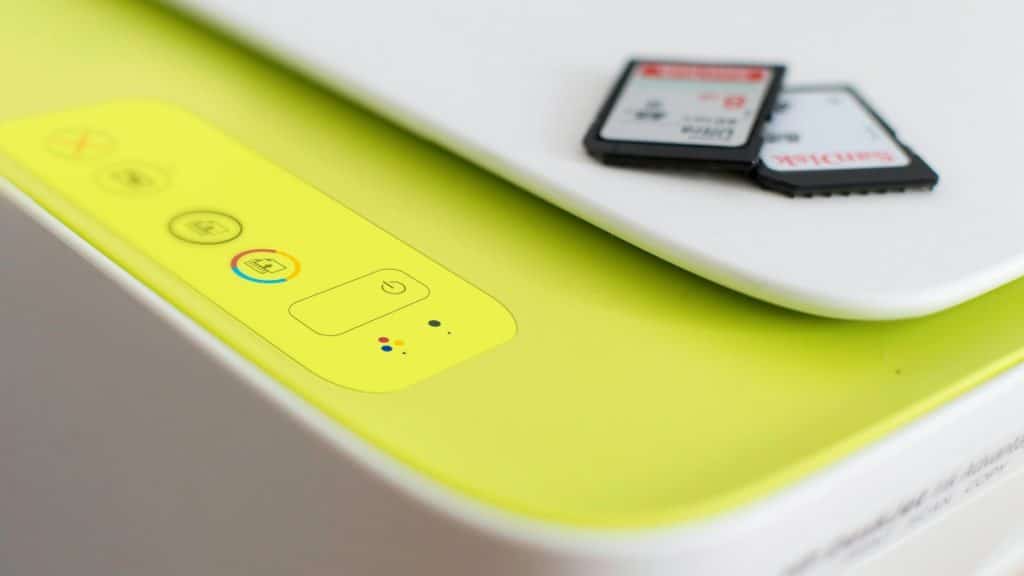The first three-dimensional printers designed for domestic use began to emerge during the late 2000s. However many readers will be surprised to learn that the concept itself can be traced back to 1988. Thanks to continuous quality improvement, the notion of 3D printing enjoys a stunning array of modern applications. Creating concrete forms with this method is another example of how far the industry has come. Let’s examine a handful of uses, and how these can benefit society.
Increased Safety
Some portions of the world experience strong hurricanes on an annual basis. The southeastern United States and Asia are two pertinent examples. Not only do these natural disasters take a massive financial toll upon local communities, but lives are lost every year. This is why the notion of a concrete hurricane-proof house is so relevant. These structures are extremely robust, relatively cheap, and can be built around the requirements of the customer.
Modular Benefits
Another interesting feature of 3D-printed concrete is associated with its sheer versatility. This is largely due to its modular nature. Preformed blocks can be combined to create various objects within a fraction of the time that would be required with traditional construction methods. Furthermore, these forms can be shipped to various locations, ensuring rapid on-site assembly.
Sustainability
The environmental impact of any construction project is an understandable concern. Companies are constantly searching for ways to mitigate their carbon footprints, and to develop ecologically friendly approaches. Once again, 3D printed concrete rises to the occasion. These methods are much “greener” that standard building techniques; resulting in a decidedly sustainable edge.
Ideal for Low-Income Communities
The cost-effective nature of 3D printing was mentioned earlier, and it warrants even more attention. Certain communities might be strained by tight budgets. This can make it difficult to secure lucrative construction contracts. Three-dimensional printing is a much cheaper process, and yet, it still provides quality results. Low-rise apartment complexes, bridges, and street furniture (such as park benches) are all possibilities.
It is now apparent that concrete printed with the help of three-dimensional technology offers an incredibly diverse range of possibilities. Although this approach is not expected to eclipse traditional building methods, it represents an interesting alternative to consider. This is also why numerous construction firms are keen to leverage the options at their disposal. Those who wish to learn more can perform additional online research, as there is plenty of information available.
